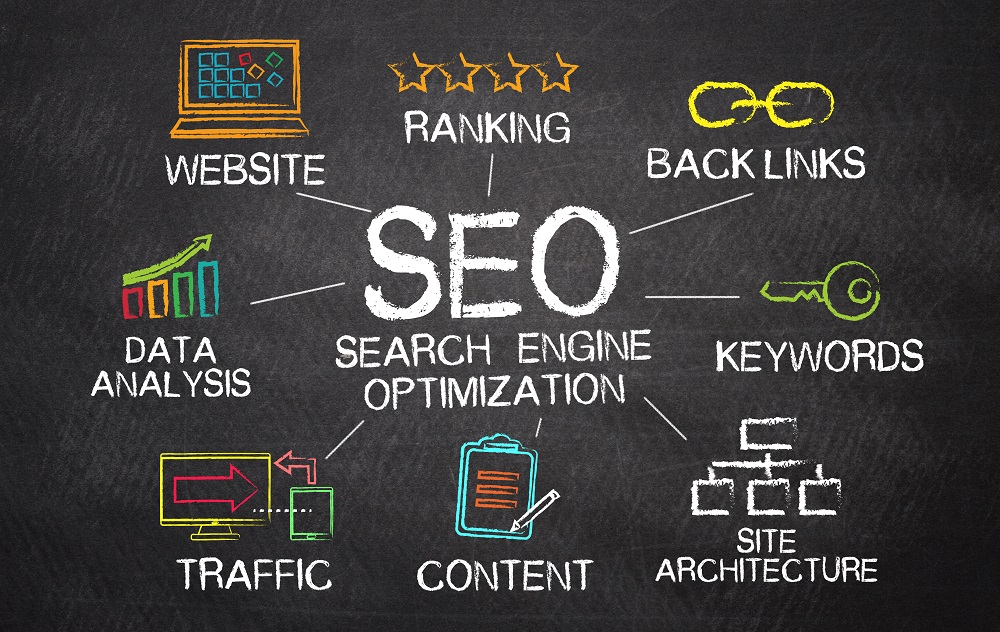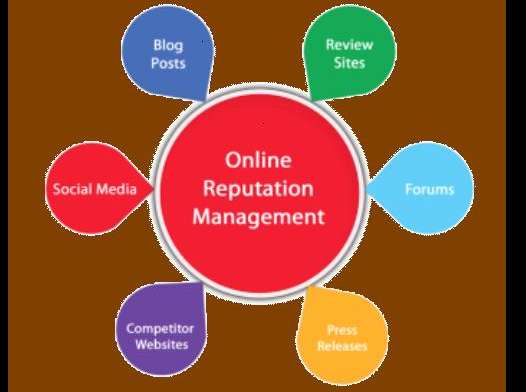Search engine optimization (SEO) is an essential part of any business’s digital marketing strategy. In simplest terms, SEO refers to optimizing your business’s website and online presence to appear higher in search engine results pages (SERPs). This is incredibly important from a digital marketing perspective to improve your business’s visibility and reach a broader audience. SEO and digital marketing go hand-in-hand.
What is SEO?
As mentioned above, SEO refers to search engine optimization. This discipline encompasses numerous strategies and techniques used to get a website better rankings on search engine results pages (SERPs). When participating in SEO, it’s important to know how search engines work. Search engines like Google use crawlers to index pages, and then proprietary algorithms to rank indexed pages based on quality and relevance to keywords.
Key Components of SEO
On-Page SEO
Search engine optimization comes in two types: on-page SEO and off-page SEO. These are pretty self-explanatory. On-page SEO techniques refer to elements directly on a web page, such as title tags, meta descriptions, header tags, URL structure, and image optimization. For title tags, the importance of including the primary keywords you want to target cannot be overstated. Start with your chosen keywords, and build out a nice, catchy title from there. Meta descriptions play a large role in influencing click-through rates (CTR). These have a character limit, so make sure to include the most important elements: chosen keywords and calls-to-action (CTAs).
Meanwhile, header tags are another essential on-page SEO technique. These tags are crucial to structure the content in your posts and web pages. They should also include your chosen keywords, which goes a long way when it comes to SEO. You’ll also want some keywords and descriptions in your page URLs. They should be simple and easy to read in addition to containing these keywords and descriptions. Finally, image optimization shouldn’t be neglected. Images on your pages should contain alt text for accessibility as well as SEO purposes. Best practices for image file names include naming the image similar to the post title, and compression best practices involve finding a balance between image quality and load speeds.
Off-Page SEO
Off-page SEO strategies differ from on-page SEO techniques in that they do not involve what’s directly on the web page. Some off-page SEO strategies include link building, social media marketing, and brand building. In terms of link building, the number of backlinks (links on other websites that point to yours) provides one of the most important page ranking factors for SEO. There are many strategies for acquiring high-quality backlinks, including guest blogging and broken link building, which involves replacing links to 404 errors with working links to target websites.
Social media also plays a large role in driving traffic and engagement. There are several ways to optimize your social media profiles and content for SEO. For instance, you can claim your brand’s handle on relevant social media platforms, optimize it, and use it to share your SEO content. This is also a great technique for brand building. Other techniques include PR and content marketing.
Technical SEO
There are also several technical aspects of your web pages and posts that play a large role in SEO. This is known as technical SEO and involves things like site speed, mobile friendliness, structured data, and site security. Site speed is imperative for technical SEO, as page load time has a huge impact on rankings and the overall user experience. You can employ numerous tools and methods to improve site speed, such as image compression and minifying code (removing redundant code without impacting how the site functions). In the same vein, mobile friendliness requires responsive layouts and easy mobile navigation, while mobile-first indexing provides another essential element.
Schema markup offers another aspect of technical SEO that should not be overlooked. This is a specific code in a structured data format that tells search engines about the meaning of your page, its elements, and how users should see it in a way that the search engine understands. SSL certificates provide another important element, as HTTPS is incredibly crucial for security in SEO. Search engines want to display more secure sites over less secure sites. There are several steps to securing an SSL certificate. They involve purchasing a certificate, installing it, and then checking for any implementation issues.
Content Optimization
Content optimization provides another extremely important aspect of search engine optimization. Optimal content is well-researched and high-quality. To search engines like Google, high-quality content adheres to E-E-A-T (experience, expertise, authoritativeness, and trustworthiness) principles. All this means is that the person listed as the author on any pages should be experienced enough to be called an expert authority on the topic and trustworthy enough to give advice on it. You’ll also want to optimize your content for keywords, which bridge the gap between what people are searching for and your content. Before optimizing your content for keywords, you want to perform keyword research. There are numerous tools that can help with this. When performing keyword research, keep user intent in mind. This way, you can target users’ problems and questions more accurately.
The Importance of SEO (Conclusion)
It’s no secret that search engine optimization is an incredibly important aspect of digital marketing. It’s perhaps the most important aspect of digital marketing because it allows your websites and pages to appear to potential users via search engines. This way, you drive organic traffic and reach a much broader audience with your web content. That being said, the world of SEO is always changing and requires continuous learning and adaptation. Be sure to keep up with your SEO education, and your web content will remain competitive for years to come.





